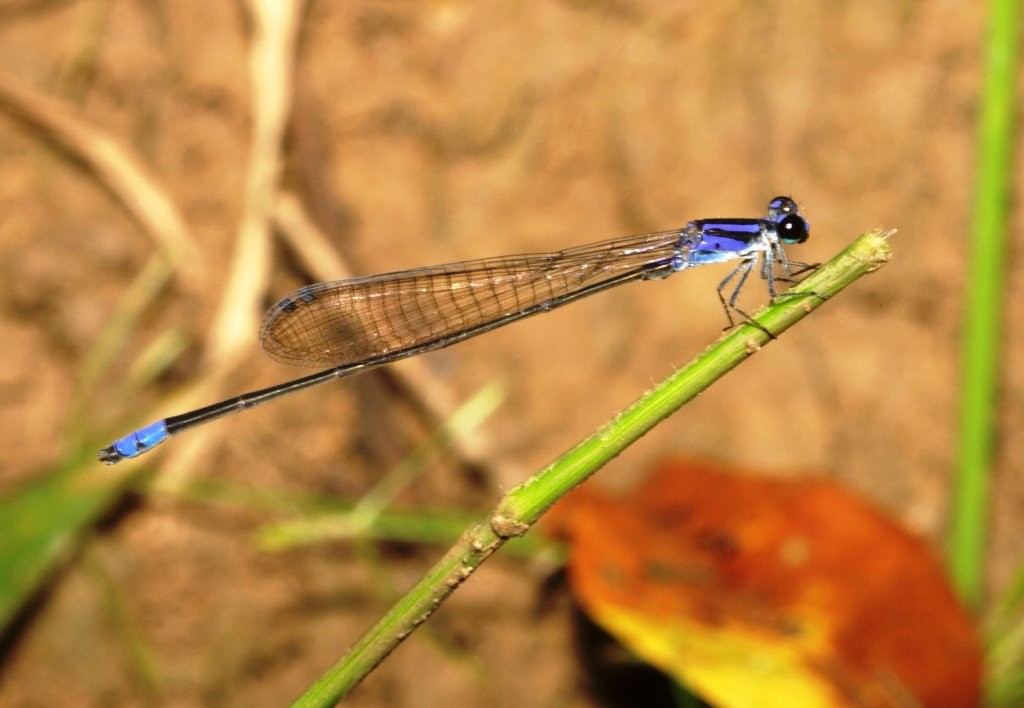| Citation |
|
Description |
Geographic Range [top]
Range Description: The species is known from Java, Sumatra and Borneo, and the smaller islands Engano, Bangka, Belitung, Karimondjawa and possibly Managlum and Anambas (e.g. Lieftinck 1954), from Palawan in the Philippines (Hämäläinen and Müller 1997), and from Singapore (e.g. Tang et al. 2010) and Peninsular Malaysia (e.g. Orr 2005). There are also (unpublished data) records from Trang in southern Thailand (N. Makbun pers. comm. 2010) and from Viet Nam. It is likely to occur in southern Myanmar.
Countries occurrence:
Native:
Brunei Darussalam; Indonesia (Jawa, Kalimantan, Sumatera); Malaysia (Peninsular Malaysia, Sabah, Sarawak); Philippines; Singapore; Thailand; Viet Nam
Additional data:
? Upper elevation limit (metres): 1100
Range Map: Click here to open the map viewer and explore range.
Population [top]
Population: This species is locally common over much of its range, and very common in parts of Borneo. There are relatively few published records, but this is due at least in part, to the fact that prior to its description in 1949 it was misidentified as A. melanocyana (Selys, 1877).
Current Population Trend: Unknown
Additional data:
Habitat and Ecology [top]
Habitat and Ecology: Orr (2005) gives the habitat of this species as “Small streams in lowland forest swamps”; however in Peninsular Malaysia and Borneo at least it is found in all kinds of swampy forest, not necessarily associated with streams, and it occurs even in heavily disturbed forest. In East Kalimantan it has been found on a stream in an oil palm plantation and in Sarawak on a stream in an acacia plantation (R. Dow, pers. comm 2011). It is most common in the lowlands but it has been found at over 1,000 m in the Tama Abu Range in northeast Sarawak (R. Dow, pers. comm 2011).
Systems: Terrestrial; Freshwater
Threats [top]
Major Threat(s): This species does not appear to be threatened over most of its range, as it is capable of surviving in disturbed habitats and even plantations (although we do not yet know if populations will survive in the long-term in plantation habitats).
Conservation Actions [top]
Conservation Actions: There is a need for further distributional data in parts of the species range, and on its ability to survive in the long-term in plantation habitats, but no specific conservation measures appear to be needed at this time.
Citation: Dow, R.A. 2011. Archibasis viola. The IUCN Red List of Threatened Species 2011: e.T174528A7083642. http://dx.doi.org/10.2305/IUCN.UK.2011-2.RLTS.T174528A7083642.en. Downloaded on 02 August 2017.
Disclaimer: To make use of this information, please check the .
Feedback: If you see any errors or have any questions or suggestions on what is shown on this page, please provide us with feedback so that we can correct or extend the information provided
|

